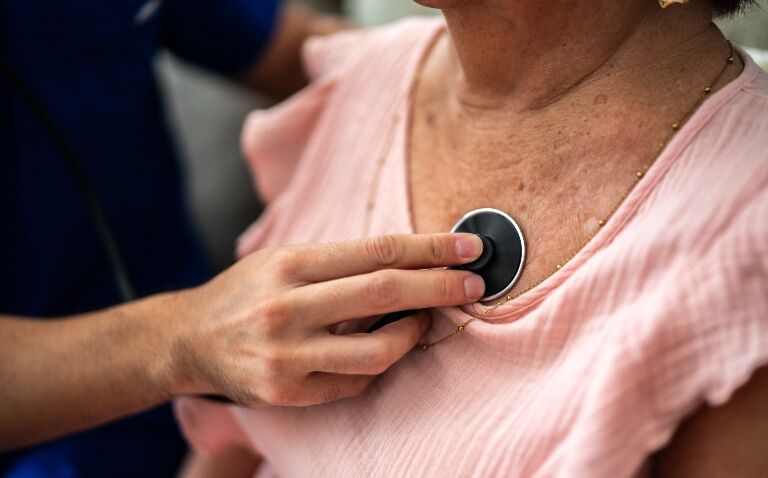Women who are diagnosed with heart issues are consistently undertreated, leading to preventable heart attacks, strokes and death, according to a new study.
Researchers found that although men had a higher chance of developing heart disease over their lifetime, when heart disease was detected in either sex, women were up to 50% less likely to be treated with preventative medicine compared to men.
The study examined the heart health of approximately 24,000 people over a 25-year period to identify patterns in long-term health outcomes and how they differ between the sexes.
The findings are published in the European Journal of Preventive Cardiology and provide evidence of the need for sex-specific cardiovascular prevention strategies.
Cardiovascular disease is one of the leading causes of death and disability in the UK, Europe and worldwide, and accounts for significant healthcare spending.
Understanding how heart disease affects different populations, including different sexes, is essential in tailoring effective preventative care for individual patients.
Using data from The European Prospective Investigation into Cancer (EPIC)-Norfolk study, the researchers analysed a large population cohort over a very long follow-up period of over 25 years.
The EPIC-Norfolk study also records cardiovascular events, including myocardial infarction, stroke, peripheral artery disease, atrial fibrillation, heart failure and valve disease.
The analysis showed that men had a 49% greater risk of developing heart disease than women over their lifetime and a 43% higher risk of dying from a heart condition compared to women.
The age at which heart disease presented itself was found to be lower in men, with males typically presenting with a heart attack in their 50s. For women, cardiovascular disease would most likely present in their 60s in the form of a stroke or atrial fibrillation.
Despite women presenting later than men, the death rate from cardiovascular disease for women rose to the same level as men. Women were found to have diminishing sex advantage in survival once they developed heart disease.
The researchers believe that the rise in the mortality rate in women is explained by the different preventative treatments that men and women receive.
Dr Tiberiu Pana, honorary clinical research fellow at the University of Aberdeen, said: ‘This is the first study to delineate sex differences from the same population, over very long follow-up while controlling for factors such as lifestyle, socioeconomic status and history of cardiovascular disease.
‘Our analysis found that women were 30-50% less likely to be treated with preventative medicine compared to men.’
Dr Pana said the consistent undertreatment of women with heart or circulatory disorders is ‘worrying’.
She added: ‘Our findings highlight how it is important to consider how future prevention campaigns should focus differently on men and women.’
It is also possible that the menopause may influence outcomes for women, with hormonal changes eroding the early advantage that women have.
Dr Pana suggests that targeted preventative measures around the time of menopause in women may help prevent heart disease.
She said: ‘Everyone should consider minimising their risk factors for heart disease as early as possible in life, such as regularly monitoring their blood pressure, keeping a healthy weight and being physically active.
‘However, it is even more important that people be aware of the need to take preventative medicines after suffering a heart or circulatory disorder to minimise their risk of recurrence or death.’
A version of this article was originally published by our sister publication Nursing in Practice.










